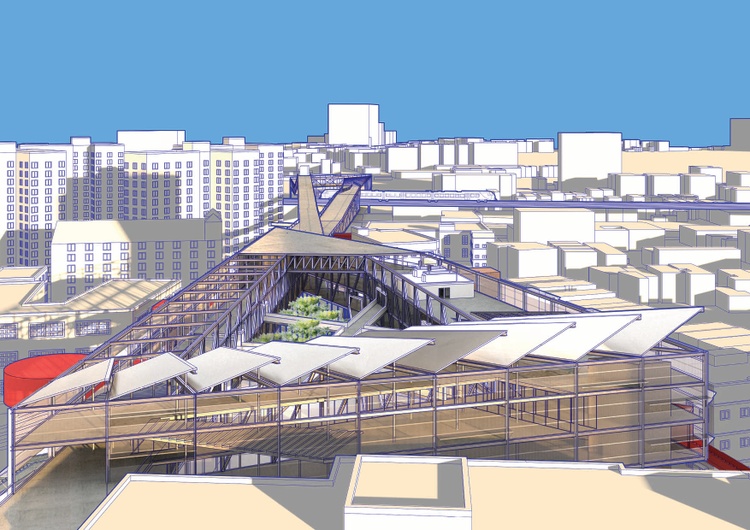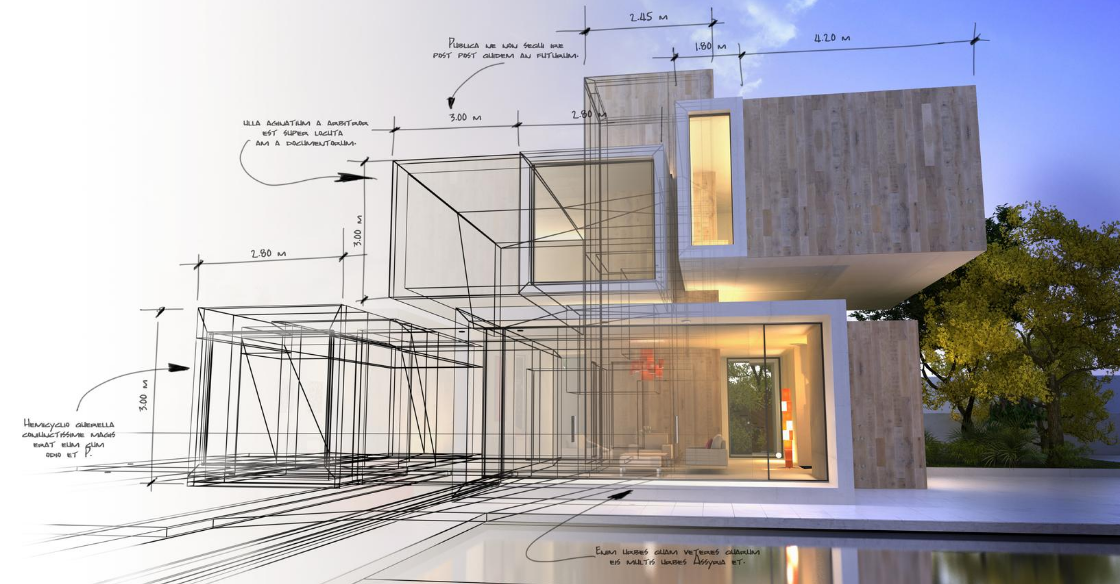Exactly How CDA Architects Deliver Cutting-Edge Solutions for Lasting Style
Exactly How CDA Architects Deliver Cutting-Edge Solutions for Lasting Style
Blog Article
Comprehending the Collaborative Process Between Designers and Engineers in Modern Building And Construction Projects
The collective procedure between architects and engineers is necessary in modern-day construction tasks, as it balances design intent with design usefulness. This collaboration not only influences the visual and practical elements of a job however also plays a vital duty in addressing sustainability difficulties. By using reliable communication techniques and leveraging innovative innovations, such as Structure Details Modeling (BIM), teams can work a lot more cohesively. The complexities of this collaboration typically existing one-of-a-kind difficulties that can impede progress. Exploring these characteristics discloses insights that might substantially influence job outcomes and total market criteria. cda architects.
The Importance of Cooperation
The collective harmony between designers and designers is essential for the successful realization of any type of construction project. This collaboration unites unique proficiency and perspectives, enabling the integration of ingenious layout with practical engineering solutions. By functioning together, architects and designers can guarantee that a project not only meets visual and functional needs however likewise follows safety and security, sustainability, and financial restraints.
Partnership promotes a common vision, helping with the positioning of goals and expectations from the start. This placement is vital in addressing prospective challenges and mitigating risks that might develop during the task lifecycle. Additionally, a collective strategy permits the reliable allotment of resources, optimizing both time and expense.
The relevance of partnership reaches the iterative procedure of layout and building, where comments from engineers can notify building choices, resulting in more viable and sustainable designs. Alternatively, designers can inspire engineers to believe creatively concerning how to achieve architectural stability without jeopardizing imaginative intent. Inevitably, the collaborative partnership in between engineers and engineers is not simply helpful; it is fundamental to the development of top notch, practical, and ingenious developed environments that fulfill the requirements of culture.
Communication Strategies and Tools
Effective interaction strategies and tools are crucial for fostering partnership between architects and engineers throughout the project lifecycle. Developing clear channels of communication is necessary to ensure that all staff member are aligned with job purposes, timelines, and responsibilities. Routine meetings, both in-person and virtual, offer opportunities for stakeholders to discuss progression, address concerns, and make educated decisions.

Additionally, taking on joint interaction tools, such as Slack or Microsoft Teams, permits for instant messaging, file sharing, and continuous conversations, promoting an extra active response to emerging concerns. Paper administration systems likewise play an important duty in arranging task documentation, guaranteeing that all staff member have access to the most up to date information.
Shared Goals and Project Vision
An unified task vision offers as the foundation for effective collaboration in between engineers and engineers (cda architects). This shared vision not only lines up the efforts of both parties but likewise establishes a typical structure for decision-making throughout the task's lifecycle. By articulating clear goals, stakeholders can efficiently navigate the intricacies of modern-day building and construction jobs, making certain that both visual and useful requirements are fulfilled
Establishing shared objectives includes open dialogue and a detailed understanding of each self-control's contributions. Designers generally concentrate on style intent, spatial partnerships, and user experience, while engineers highlight architectural stability, systems capability, and compliance with laws. When these viewpoints are straightened, the outcome is a natural task that complies with both innovative goals and technical feasibility.
Furthermore, a distinct job vision promotes liability among that site staff member, urging each individual to take possession of their duty in accomplishing the preferred outcome. Regular check-ins and collective workshops can better strengthen this click dedication, permitting for changes to be made as the job evolves. Inevitably, a common vision not just boosts synergy yet also elevates the top quality of the last deliverable, leading to successful job conclusion.
The Function of Modern Technology
Leveraging modern technology has actually come to be vital in enhancing partnership in between engineers and engineers. The assimilation of advanced software application tools promotes real-time interaction and info sharing, enabling teams to function extra successfully and efficiently. Building Info Modeling (BIM) sticks out as a pivotal technology, allowing both architects and engineers to produce in-depth 3D versions that envelop design intent and architectural integrity. This shared visual representation reduces misunderstandings and streamlines the decision-making process.
Additionally, cloud-based systems make it possible for smooth collaboration, enabling task stakeholders to gain access to and upgrade job data from anywhere. This promotes a culture of openness and liability, as modifications can be tracked and examined in real-time. In addition, mobile applications additional improve interaction, giving on-site teams with immediate accessibility to project specifications and updates.
Emerging technologies such as fabricated intelligence and machine understanding are likewise beginning to contribute in predictive evaluation, helping groups determine possible issues prior to they emerge. Inevitably, the duty of modern technology in architecture-engineering cooperation not just improves workflow performances however also enhances advancement, resulting in more effective task results. By accepting these technical developments, architects and engineers can make sure a more cohesive and productive joint procedure throughout the construction lifecycle.
Situation Research Studies in Successful Collaborations
Countless case Clicking Here studies illustrate the extensive effect of reliable collaborations in between engineers and engineers on task results. One notable instance is the collaboration on the High Line in New York City City, where landscape designers, designers, and metropolitan planners collaborated to transform an abandoned rail line right into a vibrant public park. This multidisciplinary technique not only boosted the aesthetic top quality but additionally ensured architectural safety and security and ecological sustainability.

The Burj Khalifa in Dubai even more demonstrates the value of joint efforts - cda architects. The assimilation of design and design experience enabled the project group to accomplish unprecedented elevations while sticking to safety policies and aesthetic vision
These instances underscore the relevance of communication, trust fund, and shared goals. In today's complex construction environment, such partnerships are necessary to browsing obstacles and supplying jobs that meet both functional and visionary objectives.
Final Thought
In conclusion, the cooperation between architects and designers is crucial for the success of contemporary building and construction jobs. Reliable interaction techniques, a shared job vision, and the integration of advanced modern technologies are important elements that facilitate this collaboration.
Report this page